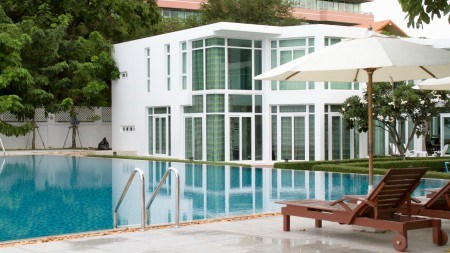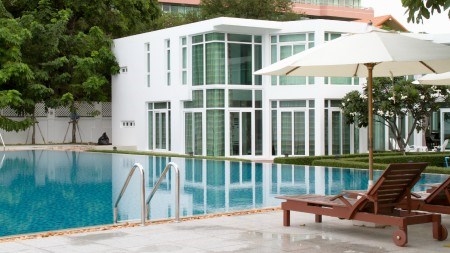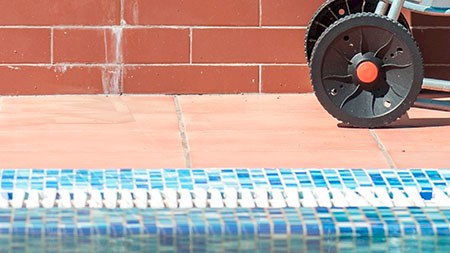Summer’s here, and after the long, hot commute home from work a person’s thoughts turn to cooling down – in a pool of ... silk?
“There’s nothing quite like the feeling of swimming in water that’s filtered by nature,” said Dave Dalton, whose 25-year-old Knysna-based Island Pools has a collection of 22 NSPI Awards that includes two for its natural pools – gold in 2011, and silver in 2014.
The power of nature
Dave said that natural pools use the power of nature for a chemical-free swimming experience.
Don’t make the mistake of thinking that natural pools have to look like lily-filled farm dams, though: they can just as well be sleekly sophisticated in design, fitting perfectly with the highest in high-tech architecture.
“You need two things: a filtration area and a swimming area – but as long as they work together in harmony, you can site the two sections apart from one another,” said Dave.
Pipe dreams
The filtration system – or aquatic garden or wetland area – is usually equal in volume to the swimming area, and is basically just a stone- and gravel-filled tank fed by a massive network of pipes (this is vital: the water has to be circulated evenly so that it feeds evenly into the wetland). At the surface, the gravel is planted with a selection of indigenous aquatic plants, which, working together with the algae that’ll develop of its own accord, clean the water by taking up proteins and suspended solids.
“It needs to be a closed system, and it can take between six months and a year for a new pool to settle down – but once everything is operating properly, the water will remain crystal clear for ever,” said Dave.
Cost benefit
Natural pools aren’t cheap – “You’re really building two pools, so the capital cost is generally about twice the price of a standard pool” – and there are running costs to think of, too: “Unlike conventional pools, which only need about six hours a day, you have to run the pump in a natural pool for twelve hours a day – so there’s no real saving on maintenance costs.”
And, while the natural system will remove all the nasties from the water, it won’t remove the solids – dust particles and such – that settle on the floor of the swimming area.
“On a windy day, you could get as much as a half a millimetre of sediment forming on the bottom of the pool, and that eventually builds up into a muddy mess – so many owners choose to put in a second pump and conventional filter to run a Kreepy Krauly, and the water from that needs to be expelled by backwashing,” said Dave.
They’re pricey – so why build one?
But if they’re so expensive, why would you build one?
“It has to be a conscious decision,” said Dave. “You have to want it for its benefits.”
And, he said, the benefits are enormous. “The feeling is more like flying through silk than like swimming. No burning eyes, no dry hair, no itchy skin ...”
The work of maintenance, he said, is reduced dramatically, too (“You only need to cut away the odd dead leaf”) and the water is “so clean you can drink it – in fact our scientists have tested it, and found that it’s cleaner than municipal drinking water.
“The aquatic ecosystem ionises pollution and allergens, which means that natural pools are nurturing, healing and energising. The shallow aquatic gardens act as natural solar heaters – so your swimming season is extended – and natural pools are beautiful landscaping features that attract dragon flies, frogs, and birds to your garden,” said Dave.
So, c’mon Santa – let’s have one for Christmas!
For more information, contact Island Pools on 044 382 0319; or the National Spa and Pool Institute (the NSPI) on 086 067 7472



